The reaction of 50% aq KOH on an equimolar mixture of 4-methylbenzaldehyde and formaldehyde followed by acidification gives.
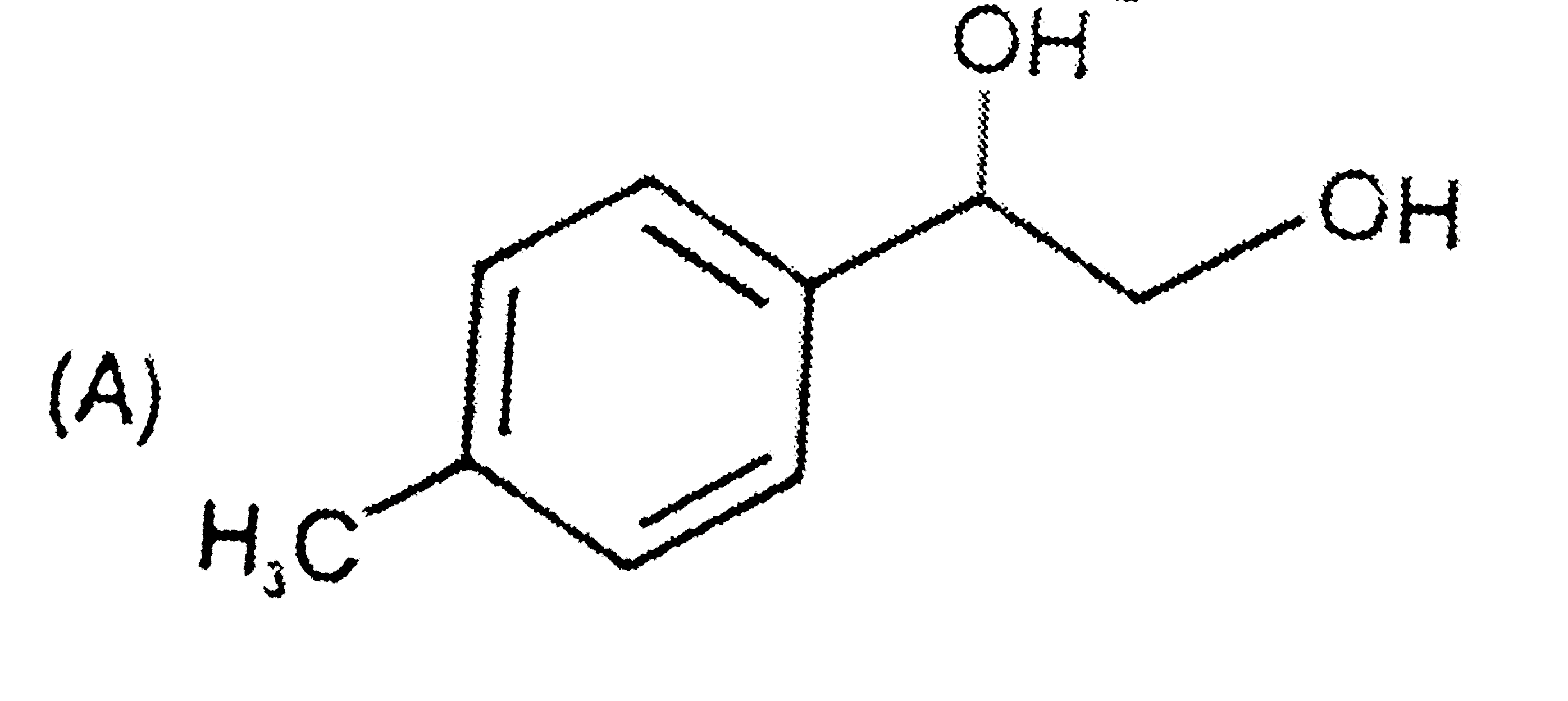



The correct Answer is:B
To solve the problem of the reaction of 50% aqueous KOH on an equimolar mixture of 4-methylbenzaldehyde and formaldehyde followed by acidification, we will follow these steps:
Step 1: Identify the Reactants
The reactants in this reaction are:
- 4-methylbenzaldehyde (C6H5CHO with a methyl group at the para position)
- Formaldehyde (HCHO)
Step 2: Understand the Reaction Conditions
The reaction takes place in the presence of 50% aqueous KOH. This indicates that the reaction is likely to involve a condensation reaction, specifically an aldol condensation, where aldehydes can react in the presence of a base.
Step 3: Reaction of 4-Methylbenzaldehyde with Formaldehyde
In the presence of KOH, formaldehyde (HCHO) can undergo a reaction to form a hydroxymethyl group. The 4-methylbenzaldehyde can also participate in the reaction. The aldehyde groups will react to form a β-hydroxy aldehyde.
1. Formaldehyde (HCHO) can be converted to a hydroxymethyl group (–CH2OH).
2. 4-Methylbenzaldehyde will remain as it is but will also participate in the aldol reaction.
Step 4: Formation of the Aldol Product
The aldol product formed from the reaction of 4-methylbenzaldehyde and formaldehyde will be a β-hydroxy aldehyde. The structure will look like this:
- The product will have a hydroxymethyl group attached to the benzaldehyde structure.
Step 5: Acidification
After the aldol product is formed, the mixture is acidified. Acidification will lead to dehydration of the β-hydroxy aldehyde, resulting in the formation of an α,β-unsaturated aldehyde.
Step 6: Identify the Final Products
The final products after acidification will be:
- 4-methylcinnamaldehyde (the dehydrated product of the aldol condensation)
- Formic acid (HCOOH) from the oxidation of formaldehyde.
Final Answer
The products formed from the reaction of 50% aqueous KOH on an equimolar mixture of 4-methylbenzaldehyde and formaldehyde followed by acidification are:
- 4-methylcinnamaldehyde
- Formic acid (HCOOH)
The reactants in this reaction are:
- 4-methylbenzaldehyde (C6H5CHO with a methyl group at the para position)
- Formaldehyde (HCHO)
The reaction takes place in the presence of 50% aqueous KOH. This indicates that the reaction is likely to involve a condensation reaction, specifically an aldol condensation, where aldehydes can react in the presence of a base.
In the presence of KOH, formaldehyde (HCHO) can undergo a reaction to form a hydroxymethyl group. The 4-methylbenzaldehyde can also participate in the reaction. The aldehyde groups will react to form a β-hydroxy aldehyde.
2. 4-Methylbenzaldehyde will remain as it is but will also participate in the aldol reaction.
The aldol product formed from the reaction of 4-methylbenzaldehyde and formaldehyde will be a β-hydroxy aldehyde. The structure will look like this:
After the aldol product is formed, the mixture is acidified. Acidification will lead to dehydration of the β-hydroxy aldehyde, resulting in the formation of an α,β-unsaturated aldehyde.
The final products after acidification will be:
- 4-methylcinnamaldehyde (the dehydrated product of the aldol condensation)
- Formic acid (HCOOH) from the oxidation of formaldehyde.
The products formed from the reaction of 50% aqueous KOH on an equimolar mixture of 4-methylbenzaldehyde and formaldehyde followed by acidification are:
- 4-methylcinnamaldehyde
- Formic acid (HCOOH)
Topper's Solved these Questions
- CARBONYL COMPOUNDS (ALDEHYDES & KETONES ) & CARBOXYLIC ACID BOOK - RESONANCE ENGLISHCHAPTER - CARBONYL COMPOUNDS (ALDEHYDES & KETONES ) & CARBOXYLIC ACID EXERCISE - Part -III
31 Videos
- CARBONYL COMPOUNDS (ALDEHYDES & KETONES ) & CARBOXYLIC ACID BOOK - RESONANCE ENGLISHCHAPTER - CARBONYL COMPOUNDS (ALDEHYDES & KETONES ) & CARBOXYLIC ACID EXERCISE - Part -IV
23 Videos
- CARBONYL COMPOUNDS (ALDEHYDES & KETONES ) & CARBOXYLIC ACID BOOK - RESONANCE ENGLISHCHAPTER - CARBONYL COMPOUNDS (ALDEHYDES & KETONES ) & CARBOXYLIC ACID EXERCISE - APSP
1 Videos
- BIOMOLECULES & POLYMERBOOK - RESONANCE ENGLISHCHAPTER - BIOMOLECULES & POLYMEREXERCISE - ORGANIC CHEMISTRY(Biomolecules & Polymer)
34 Videos
- CHEMICAL KINETICSBOOK - RESONANCE ENGLISHCHAPTER - CHEMICAL KINETICSEXERCISE - PHYSICAL CHEMITRY (CHEMICAL KNIETICS & RADIOACTIVITY)
49 Videos
Similar Questions
Knowledge Check
A mixture of 1−chloropropane and 2−chloropropane when treated with alcoholic KOH, it gives
Aprop-1-eneBprop-2-eneCa mixture of prop-1-ene and prop-2 eneDpropanol.Which of the following reactants on reaction with conc. NaOH followed by acidification gives the following lactone as the only product?
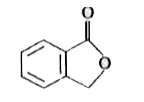 A
A B
B C
C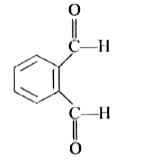 D
D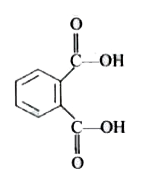
But-2-ene on reaction with alkaline KMnO4 at elevated temperature followed by acidification will give :
View Solutionconductometric titration curve of a equimolar mixture of a HCl and HCN with NaOH(aq) is :
View SolutionWrite balanced chemical equation for the reaction and name the reaction: Benzaldehyde is treated with 50% sodium hydroxide solution.
View SolutionGive balanced equation for the reaction:
Formaldehyde is treated with ammonia.
View SolutionWhich of the following reactants on reaction with conc. NaOH followed by acidification gives following lactone as the product?
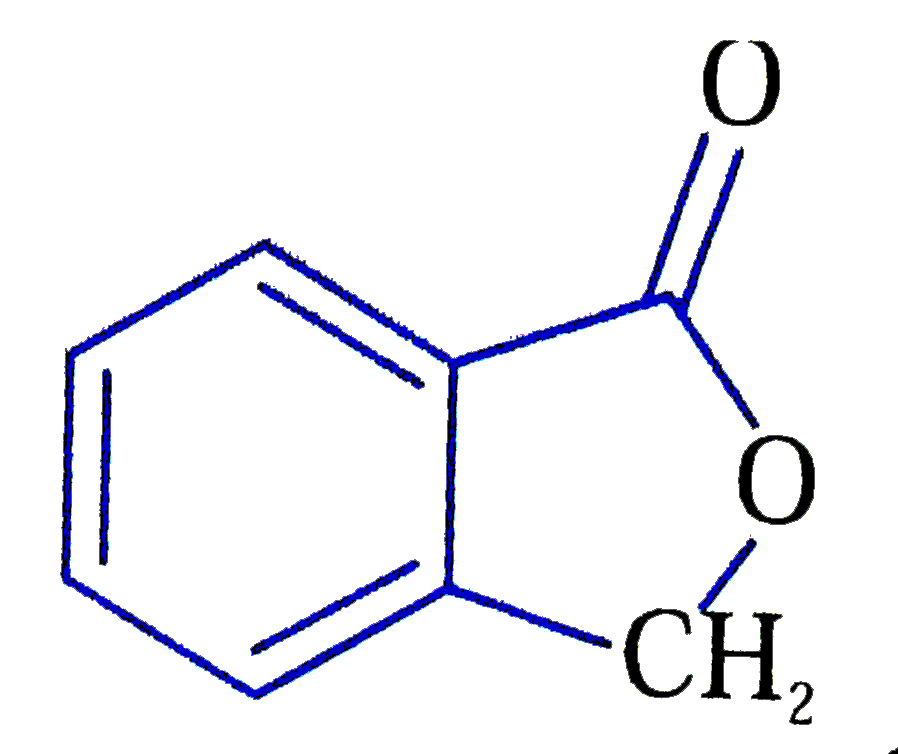
View SolutionWhich of the following reactants on reaction with conc. NaOH followed by acidification gives following lactone as the main product ?
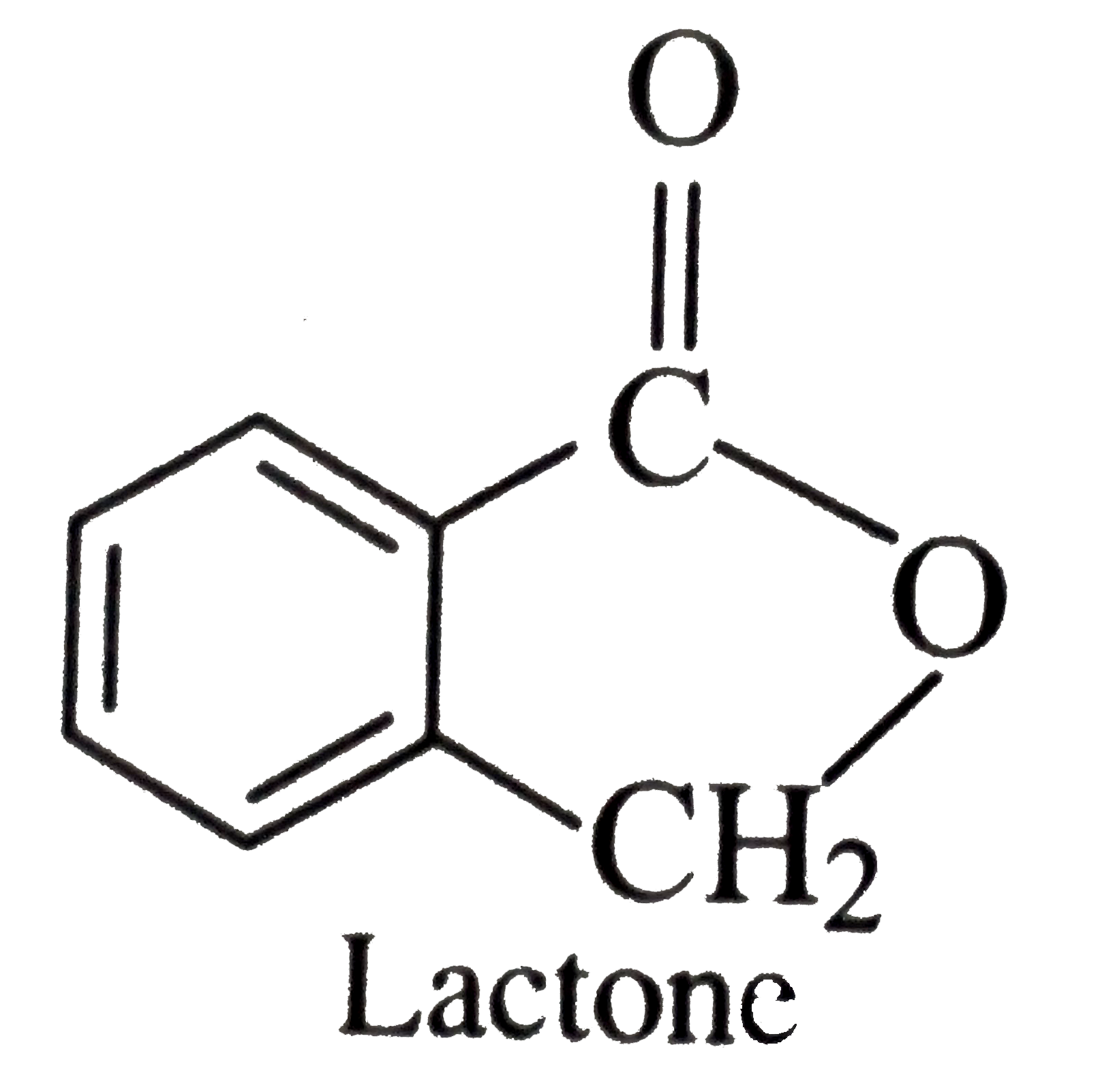
View Solution
